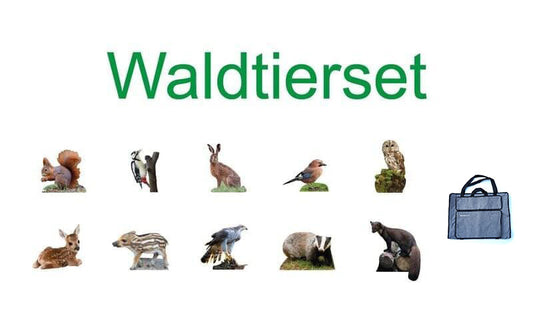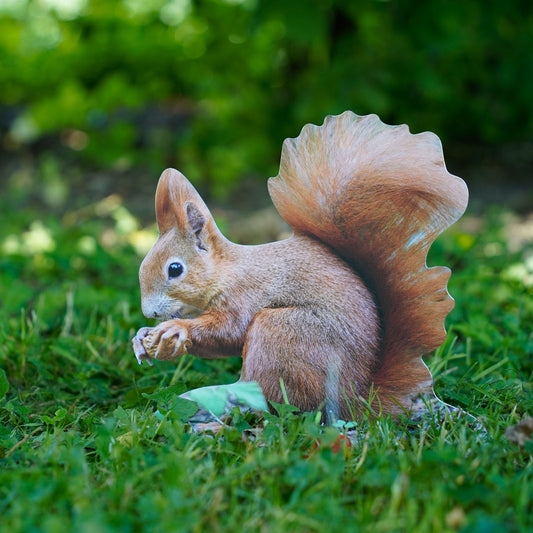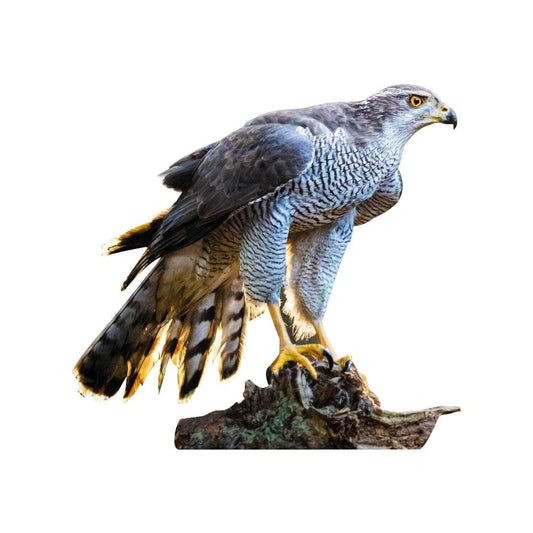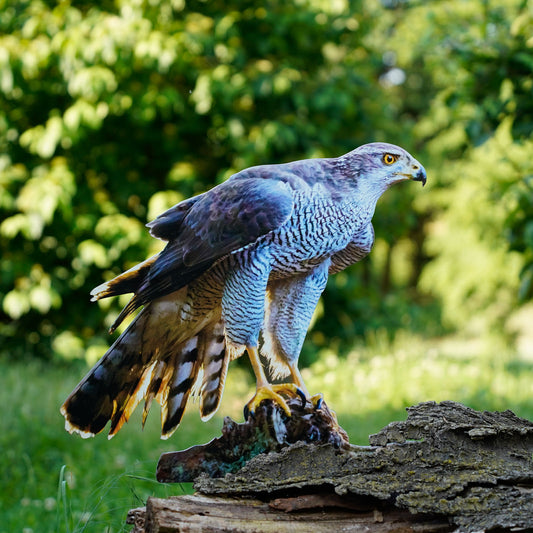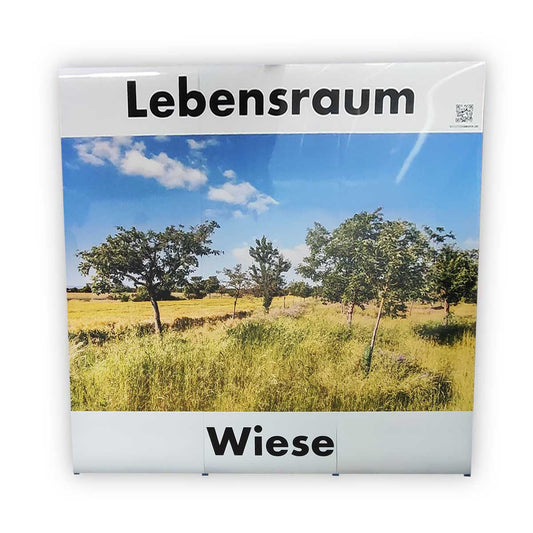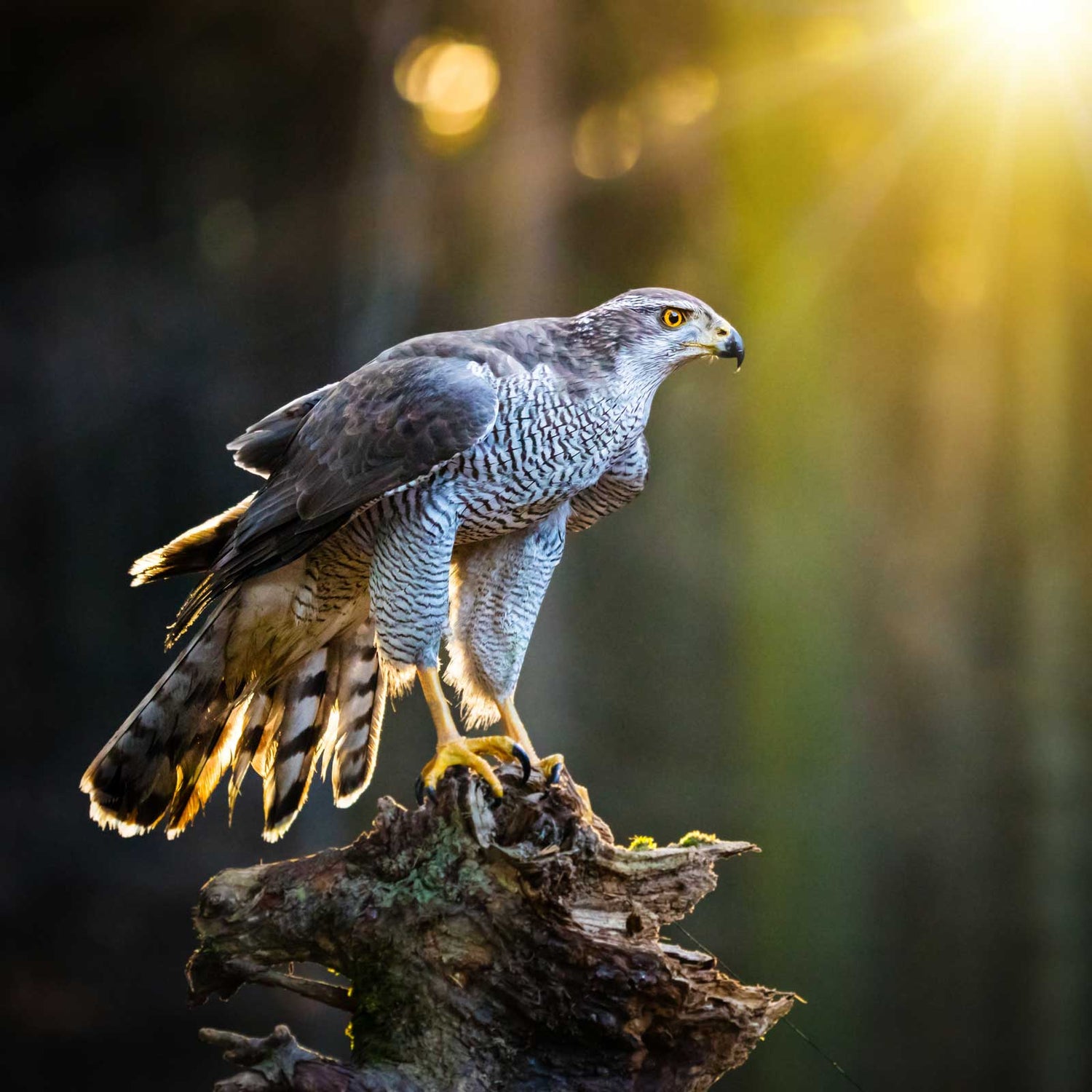
hawk
The goshawk, a majestic bird of prey with impressive hunting skills, is a key element of many ecosystems. This fact sheet provides a detailed overview of the goshawk's biology and ecology and highlights the importance of protecting its habitats and living peacefully with humans.
hawk Products
-
Animal set - forest animals
3 reviewsRegular price 359,90€Regular priceUnit price / per -
Animal display hawk
1 reviewRegular price From 39,90€Regular priceUnit price / per -
Animal display hawk - outdoor set
No reviewsRegular price 55,50€Regular priceUnit price / per -
Wildlife Sticker Set
No reviewsRegular price From 9,90€Regular priceUnit price / per -
Pop-Up Wall "Forest Habitat"
No reviewsRegular price 300,00€Regular priceUnit price / per -
Animal set - forest birds
Regular price 329,90€Regular priceUnit price / per369,90€Sale price 329,90€Sale -
Pop-Up Wall "Forest Habitat"
No reviewsRegular price From 1.200,00€Regular priceUnit price / per
Profile: hawk
-
Scientific classification
- Class: Aves (birds)
- Order: Accipitriformes (birds of prey)
- Family: Accipitridae (Accipitridae)
- Genus: Accipiter
- Species: A. gentilis (hawk)
-
Physical characteristics
- Size: Body length of 45-65 cm
- Wingspan: 80-120 cm
- Weight: 500-1,500 g, depending on gender and age
- Special features: Compact body, broad wings, long tail feathers, yellowish iris, sharp claws and beak.
-
Habitat and distribution
- Common regions: Europe, North America, Asia
- Habitat: Diverse, from forests to open country to urban areas; prefers mixed forests with dense tree cover.
-
Nutrition
- Diet: Carnivore
- Typical food: birds (e.g. pigeons, pheasants), small mammals (e.g. mice, rabbits), occasionally insects and amphibians.
-
Reproduction and lifestyle
- Breeding season: spring to summer
- Nest building: In trees, often in dense treetops
- Egg laying: 3-5 eggs per clutch
- Brood care: Both parents participate in breeding and feeding the young
- Social structure: Usually in pairs, territorial during the breeding season.
-
Lifespan and protection status
- Life expectancy: Up to 15 years in the wild
- Endangered status: Not threatened, but population declines possible due to habitat loss, pollution and illegal persecution.
- Conservation measures: preservation and protection of habitats, avoidance of pesticide use in breeding areas, education about the benefits of birds of prey.

